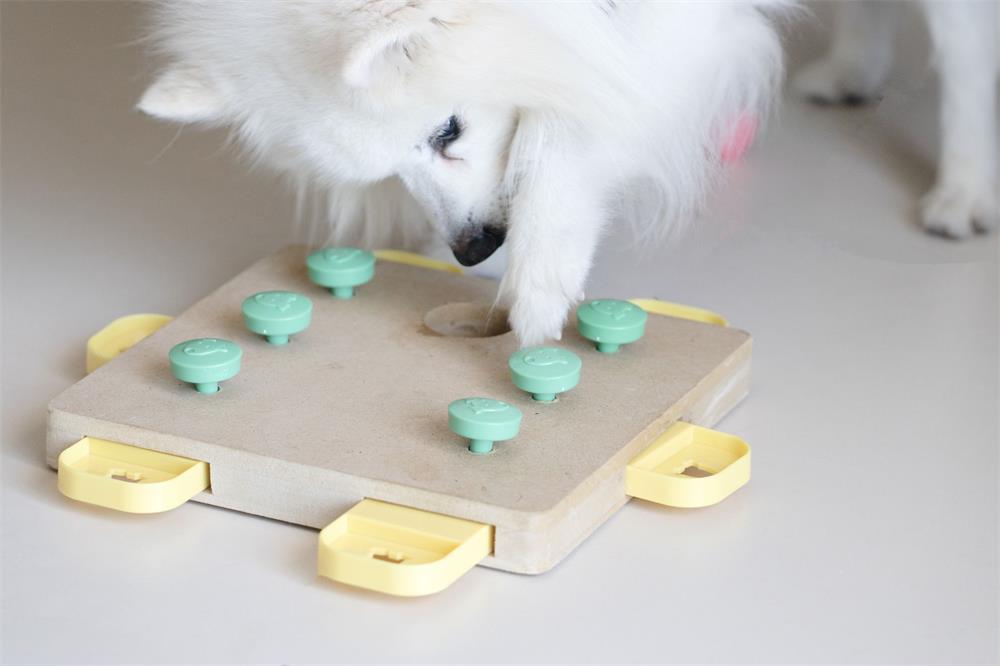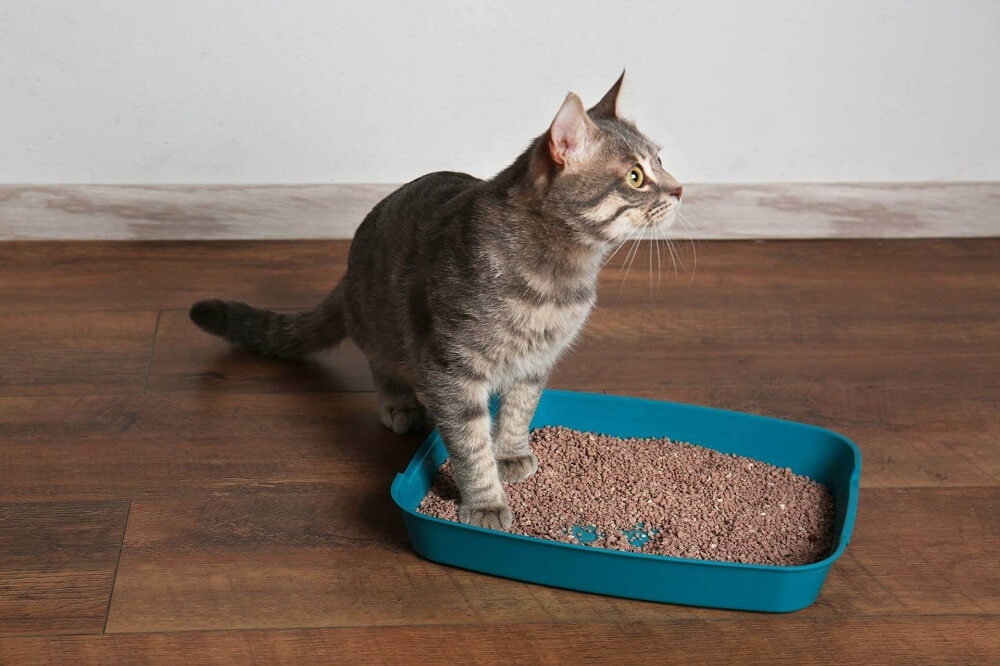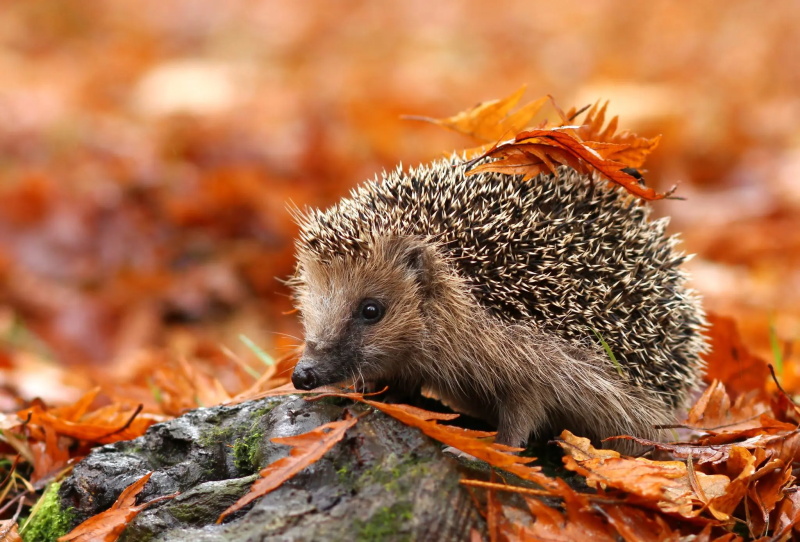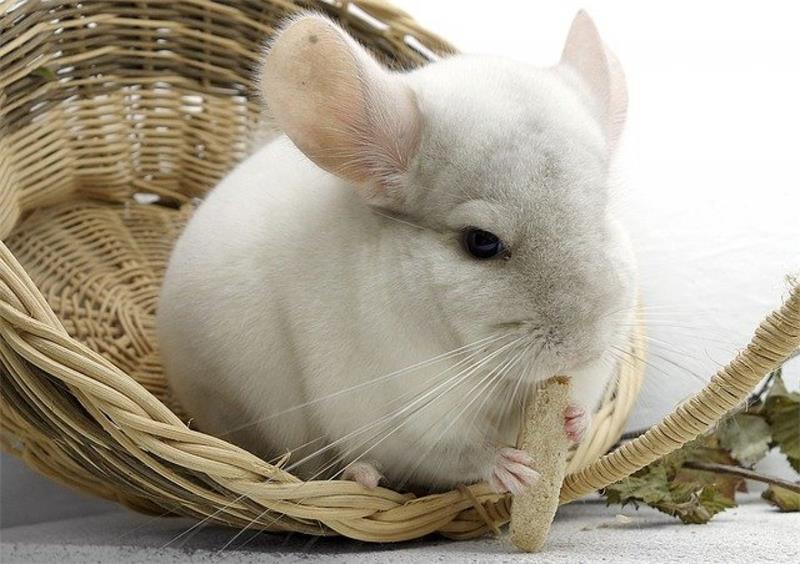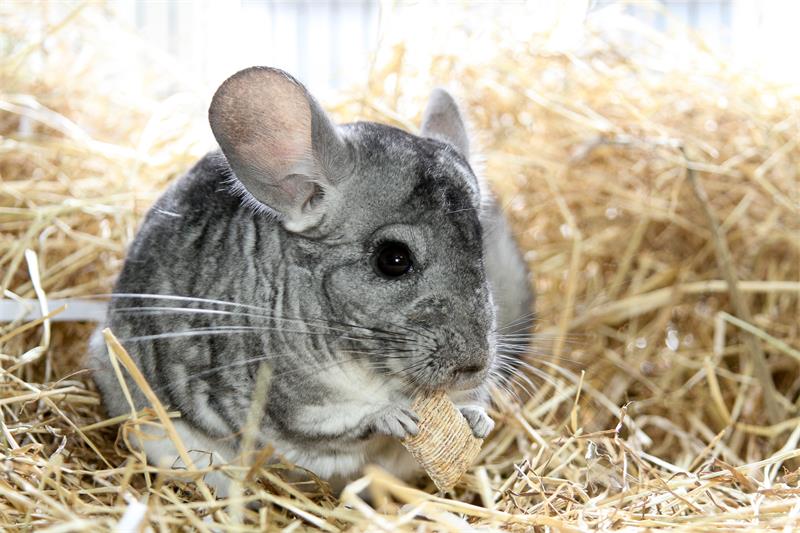
Table of Contents
Bearded dragons are popular and fascinating pets that can also be bred in captivity. Many owners may wonder how many babies their bearded dragons can have and how many eggs they can lay. In this article, we will answer these questions and provide some information on the breeding process of bearded dragons.
Bearded Dragon Breeding Season
Bearded dragons are native to Australia, where they live in arid and semi-arid habitats. They are oviparous, meaning they produce young by laying eggs. In the wild, bearded dragons typically breed during the warmer months of spring and summer, which are from October to March in the southern hemisphere. However, in captivity, bearded dragons can breed any time of year, as long as they have the right environmental conditions and stimuli.
Bearded dragons need to be sexually mature to breed successfully. This usually happens when they are about 10 to 12 months old and have reached their full adult size and weight. Males are usually slightly larger than females, weighing between 450 to 550 grams or more. Females should also be healthy and well-nourished, as breeding and laying eggs can take a lot of energy and resources from their bodies.
Bearded Dragon Mating Behavior
Before mating, bearded dragons may go through a period of brumation, which is similar to hibernation. Brumation is not necessary for breeding, but it may help stimulate the reproductive cycle and increase fertility. Brumation usually occurs during the coldest months of the year, when the temperature and daylight hours are reduced. Bearded dragons may become less active, eat less, and sleep more during brumation.
After brumation, bearded dragons will enter the courtship and mating phase. This involves a series of behaviors and rituals that help them communicate their readiness and interest to each other. Some of these behaviors include:
- Head bobbing: The male will bob his head up and down rapidly to show dominance and attract the female’s attention. The female may also bob her head slowly to signal submission or acceptance.
- Arm waving: The female will raise one or both of her front legs and wave them in a circular motion to show interest or appeasement to the male. The male may also wave his arm to greet or acknowledge the female.
- Beard flaring: The male will puff up his beard (the flap of skin under his chin) and darken its color to show aggression or excitement. The female may also flare her beard to show rejection or discomfort.
- Tail twitching: The male will twitch his tail from side to side to show arousal or anticipation. The female may also twitch her tail to show receptiveness or invitation.
- Chasing: The male will chase the female around the enclosure to show persistence or enthusiasm. The female may run away or hide to show reluctance or coyness.
- Biting: The male will bite the female’s neck or back to hold her in place and initiate copulation. The female may resist or submit depending on her mood or preference.
Mating can last from a few minutes to an hour or more, depending on the pair. Bearded dragons can mate multiple times within a day or a week, until the female is fertilized. To ensure successful breeding, it is recommended to cohabitate the pair for a week at a time before separating them.

Bearded Dragon Egg Laying
After mating, the female will become gravid, which means she is carrying eggs inside her body. She will start to show signs of pregnancy, such as increased appetite, weight gain, belly swelling, restlessness, digging behavior, and reduced activity. The gestation period for bearded dragons is usually between 4 to 6 weeks, depending on the temperature and other factors.
The female will need a suitable place to lay her eggs, such as a nesting box filled with moist substrate (such as sand, soil, vermiculite, or peat moss). The nesting box should be large enough for her to dig a tunnel or a chamber where she can deposit her eggs. The substrate should be moist enough to hold its shape but not too wet to cause mold or fungus.
The female will lay her eggs in clutches, which are groups of eggs that are laid at one time. A clutch can contain anywhere from 15 to 30 eggs on average, but some females can lay more or less depending on their size and health. Bearded dragons can lay multiple clutches a year, with a gap of 2 to 4 weeks between each clutch. The total number of eggs a female can lay in a year can vary from 50 to 100 or more.
The female will cover her eggs with substrate and leave them after laying. The eggs will need to be carefully removed from the nesting box and transferred to an incubator for hatching. The incubator should provide a constant temperature and humidity for the eggs, as well as ventilation and protection from predators or pests. The ideal temperature for bearded dragon eggs is between 26°C to 30°C (79°F to 86°F), and the ideal humidity is between 70% to 80%. The temperature can affect the sex of the hatchlings, with higher temperatures producing more females and lower temperatures producing more males.

Bearded Dragon Hatching
Bearded dragon eggs will hatch after about 55 to 75 days of incubation, depending on the temperature and other factors. The hatchlings will use their egg tooth (a small bump on their snout) to cut through the eggshell and emerge from the egg. They may take a few hours or a day to fully hatch, and they may stay in the eggshell for a while to absorb the remaining yolk sac.
The hatchlings will be about 10 cm (4 inches) long and weigh about 3 grams (0.1 ounces) at birth. They will have soft skin and bright colors, which will harden and fade as they grow older. They will also have a nuchal crest (a row of spikes on their neck) that will develop into a beard later on.
The hatchlings will need to be housed separately from their parents and siblings, as they can be cannibalistic or competitive. They will need a smaller enclosure with a basking spot, a UVB light, a hiding place, and a water dish. They will also need a diet of small insects (such as crickets, roaches, or worms) dusted with calcium and vitamin supplements, as well as fresh greens and fruits. They will grow rapidly and shed their skin frequently during their first year of life.
Bearded Dragon Reproductive Problems
Bearded dragons can encounter some reproductive problems that can affect their health and fertility. Some of these problems include:
- Infertility: Some bearded dragons may be infertile due to genetic defects, hormonal imbalances, environmental stress, or poor nutrition. Infertile males may not produce viable sperm, and infertile females may not produce viable eggs. Infertility can be diagnosed by examining the sperm or eggs under a microscope or by performing blood tests.
- Egg binding: Some females may have difficulty laying their eggs due to physical obstructions, infections, injuries, dehydration, or calcium deficiency. Egg binding can cause abdominal pain, swelling, lethargy, loss of appetite, and even death if not treated promptly. Egg binding can be treated by providing hydration, calcium supplements, warm baths, gentle massage, hormone injections, or surgery.
- Hemipenal prolapse: Some males may have their hemipenes (the paired reproductive organs located at the base of the tail) protrude out of their cloaca (the common opening for excretion and reproduction) due to injury, infection, inflammation, or excessive mating. Hemipenal prolapse can cause bleeding, swelling, pain, and infection if not treated promptly. Hemipenal prolapse can be treated by applying sugar or ice packs, gently pushing the hemipenes back in place, suturing the cloaca closed, or amputating the hemipenes if necessary.

Conclusion
Bearded dragons are amazing animals that can reproduce in captivity with proper care and preparation. Bearded dragons can have many babies and lay many eggs in a year, depending on their size and health. Bearded dragons need to be sexually mature, healthy, well-nourished, and stimulated to breed successfully. Bearded dragons also need a suitable place to lay their eggs and an incubator to hatch them. Bearded dragons can encounter some reproductive problems that can affect their health and fertility.
Bearded dragon breeding can be fun and rewarding for owners who want to experience the joy of raising their own pets or selling them to other enthusiasts. However, bearded dragon breeding also requires a lot of time, money, space, and responsibility, as well as ethical and legal considerations. Bearded dragon owners who want to breed their pets should do their research and consult with experienced breeders and veterinarians before embarking on this venture.



